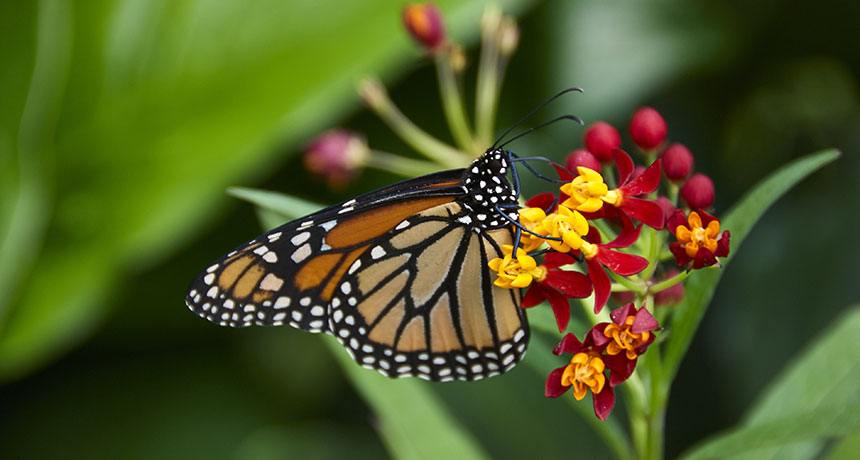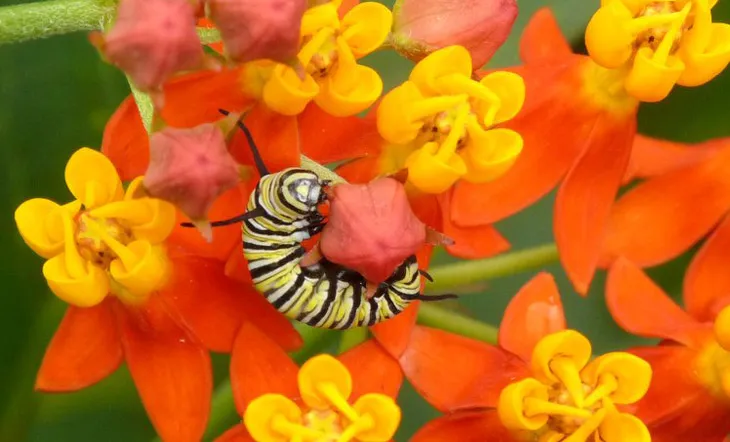Bloodflowers’ risk to monarchs could multiply as climate changes
Heat and CO2 scenarios suggest a milkweed species becomes toxic or useless to caterpillars

MONARCH BEWARE As the climate changes, lovely tropical milkweed popular in gardens may become even more of a danger to monarch butterflies than it is now.
Warren Price Photography/Shutterstock








